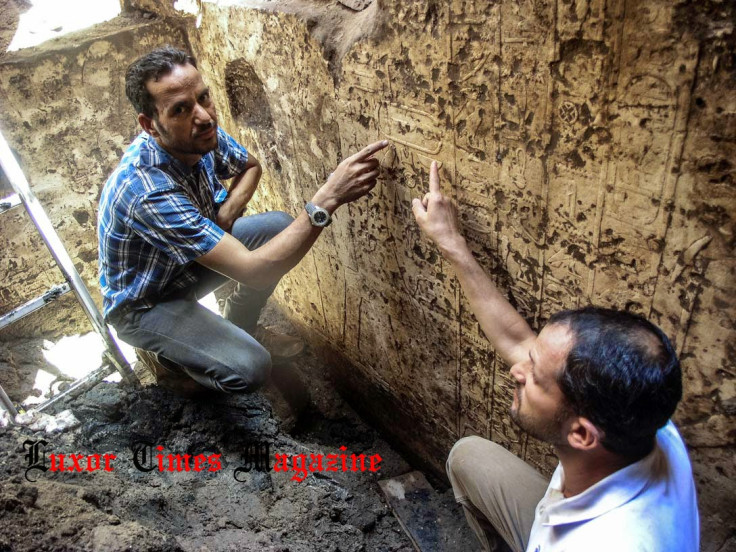Ancient Egypt: Pharaoh Mentuhotep II's Chapel Discovered Below City Streets
Egypt's Ministry of Antiquities and Heritage (MAH) has stumbled on a well-preserved limestone chapel from the reign of Pharaoh Nebhepetre Mentuhotep II in the 11<sup>th Dynasty (circa 2046 BC – 1995 BC).
First discovered by independent Egyptian English-language magazine Luxor Times, the MAH were investigating an area of ground that had collapsed in the Arabet Abydos area in Sohag, a small city of on the west bank of the Nile.

People living in the area had tried to illegally excavate the area in front of their homes in the hope of finding ancient artefacts to sell. They were caught red-handed by the tourism and antiquities police, and their digging caused the street to collapse.
Before trying to fix the ground, MAH assigned inspectors and archaeologists to excavate the area and discovered a very well-preserved chapel belonging to Mentuhotep II.


The chapel is dedicated to the god Osiris, after his unification with Khenti-Amenty, the local god of Sohag.
"It is a very important discovery that will reveal more of the history of King Mentuhotep II," Minister of Antiquties and Heritage Mamdouh El-Damaty told Ahram Online.



Monuments belonging to Mentuhotep II are very rare in Abydos, although the Pharaoh is known to have built several in order to bolster his political power in the ancient city.
Mentuhotep II was the founder of the Middle Kingdom, which rose from the ashes of the Old Kingdom which had dispersed into smaller kingdoms. After ascending to the Theban throne, he eventually succeeded in unifying both upper and lower Egypt.

The chapel has been partly damaged from a waste water tank belonging to a house built in 1935, and is currently being restored.
"I expect there would be more to the site and maybe other sites of the era either former or later to Mentuhotep II," archaeologist Ayman Damarany told Luxor Times.
© Copyright IBTimes 2025. All rights reserved.






















